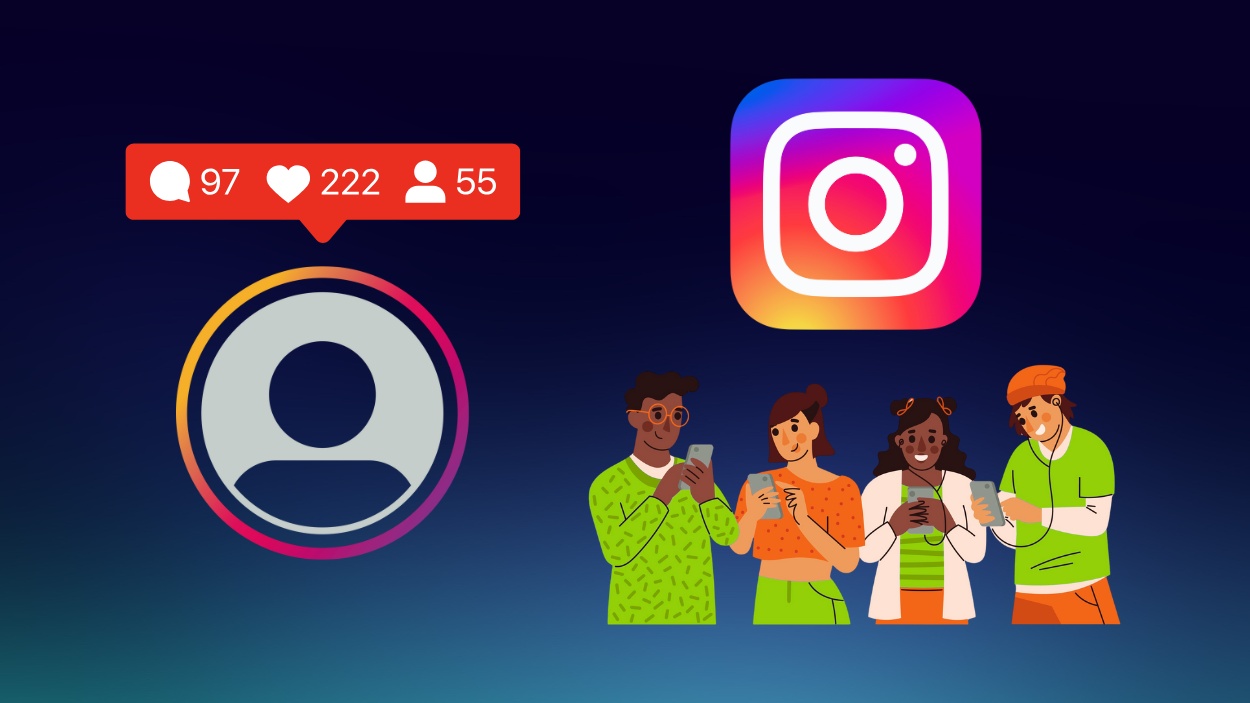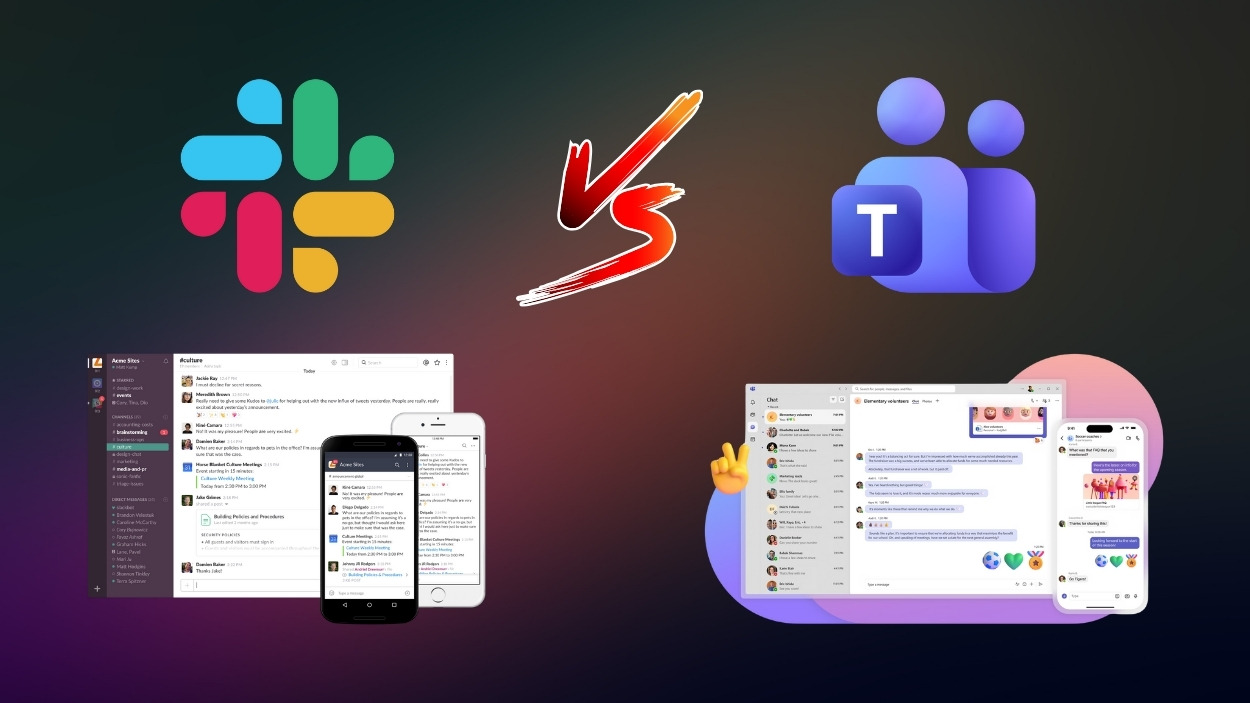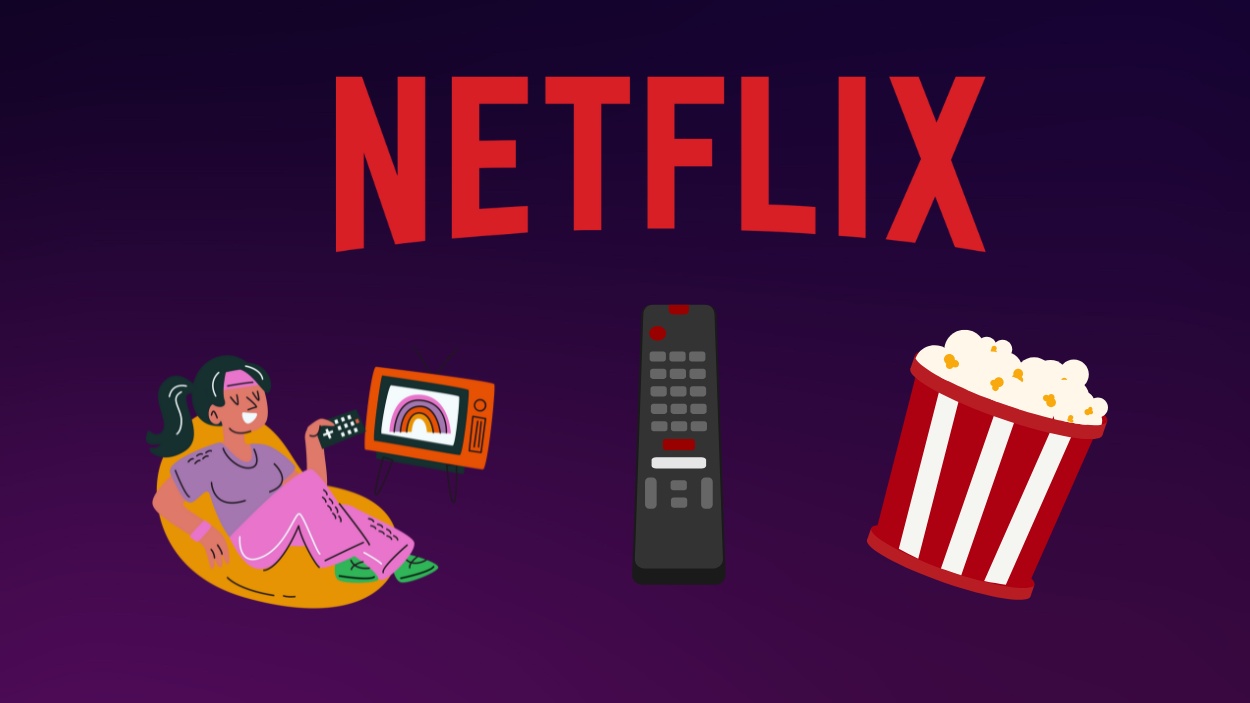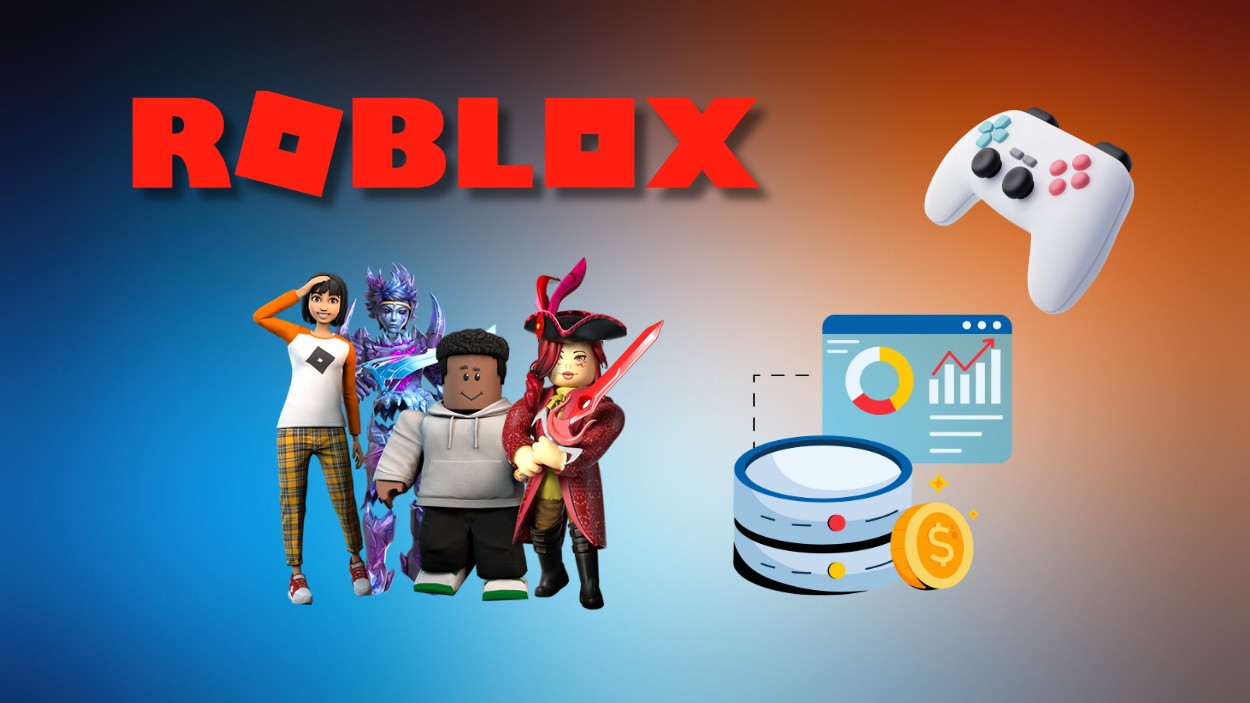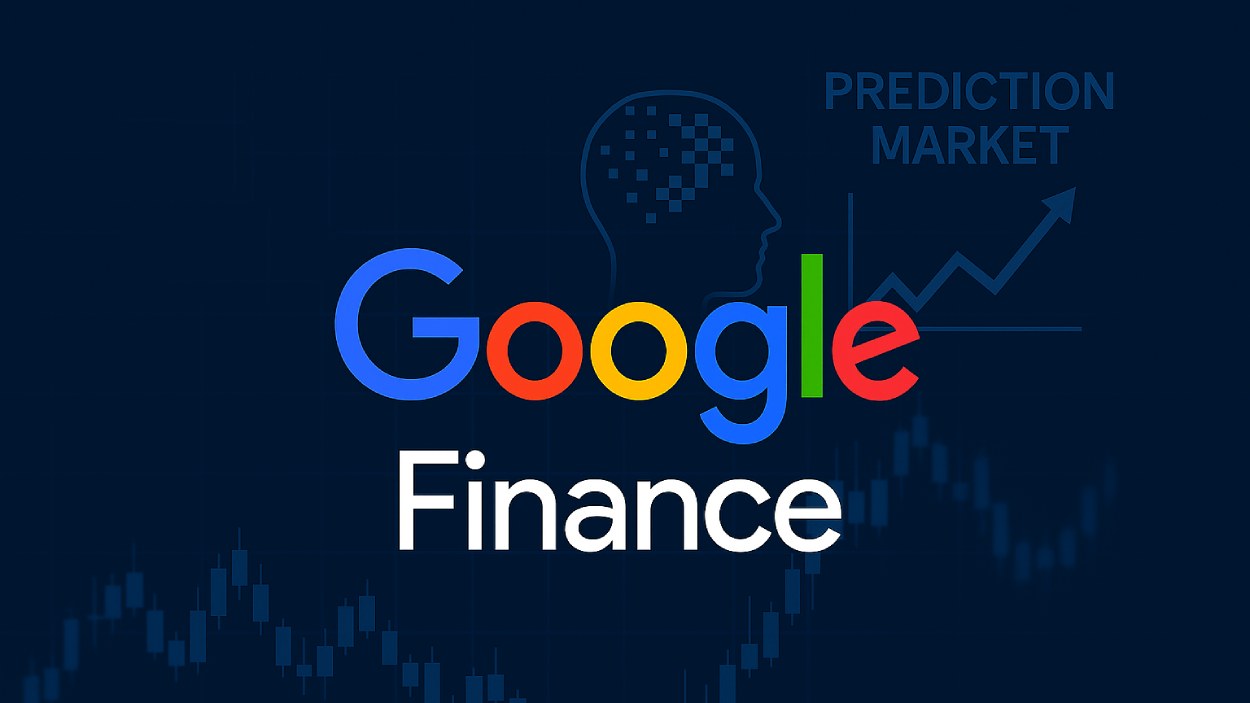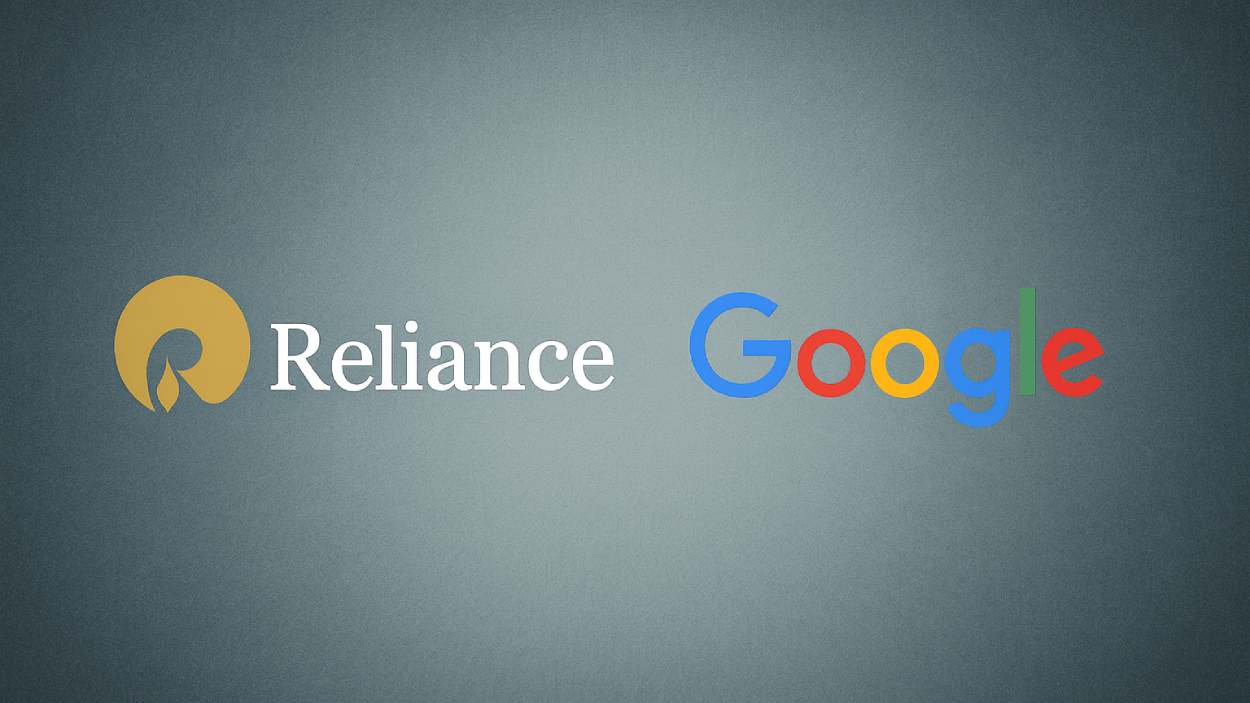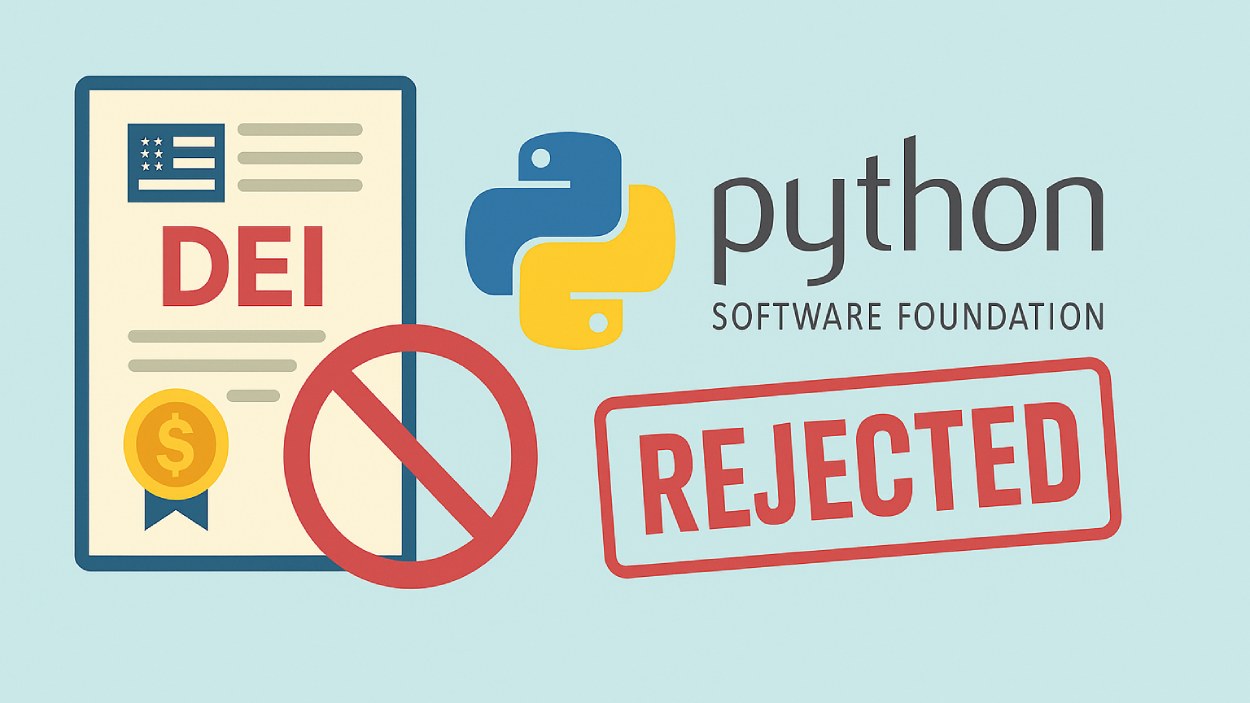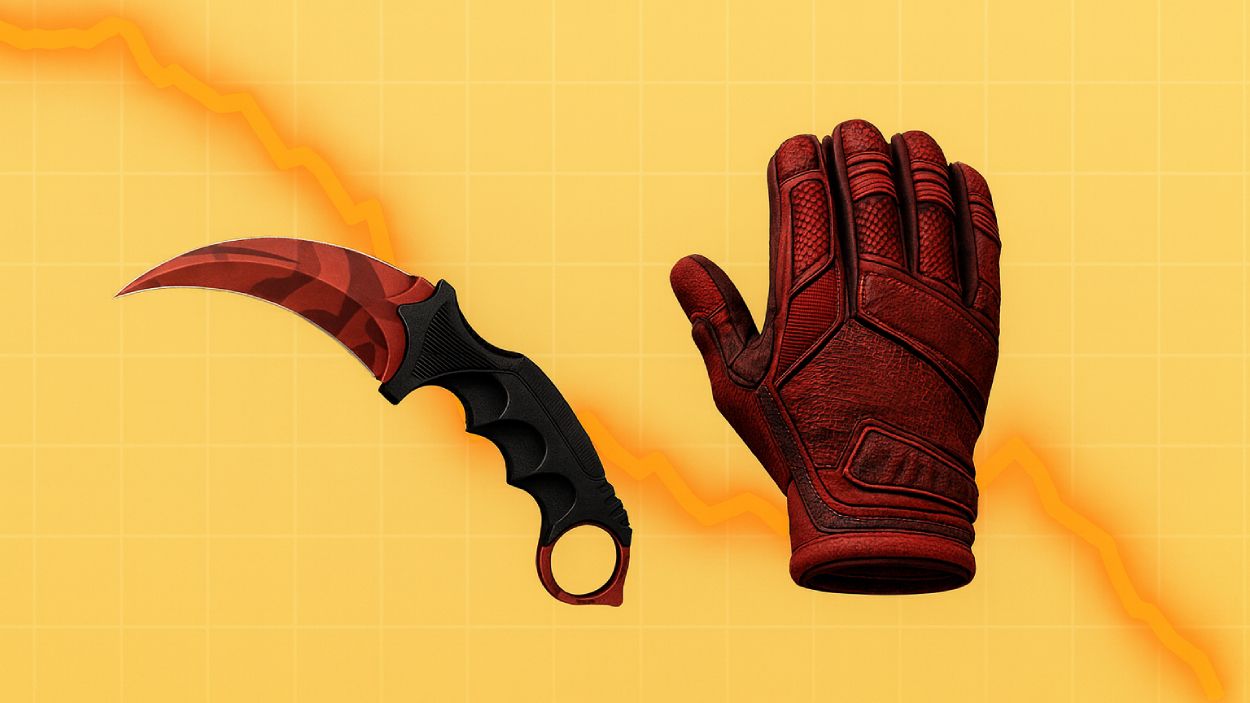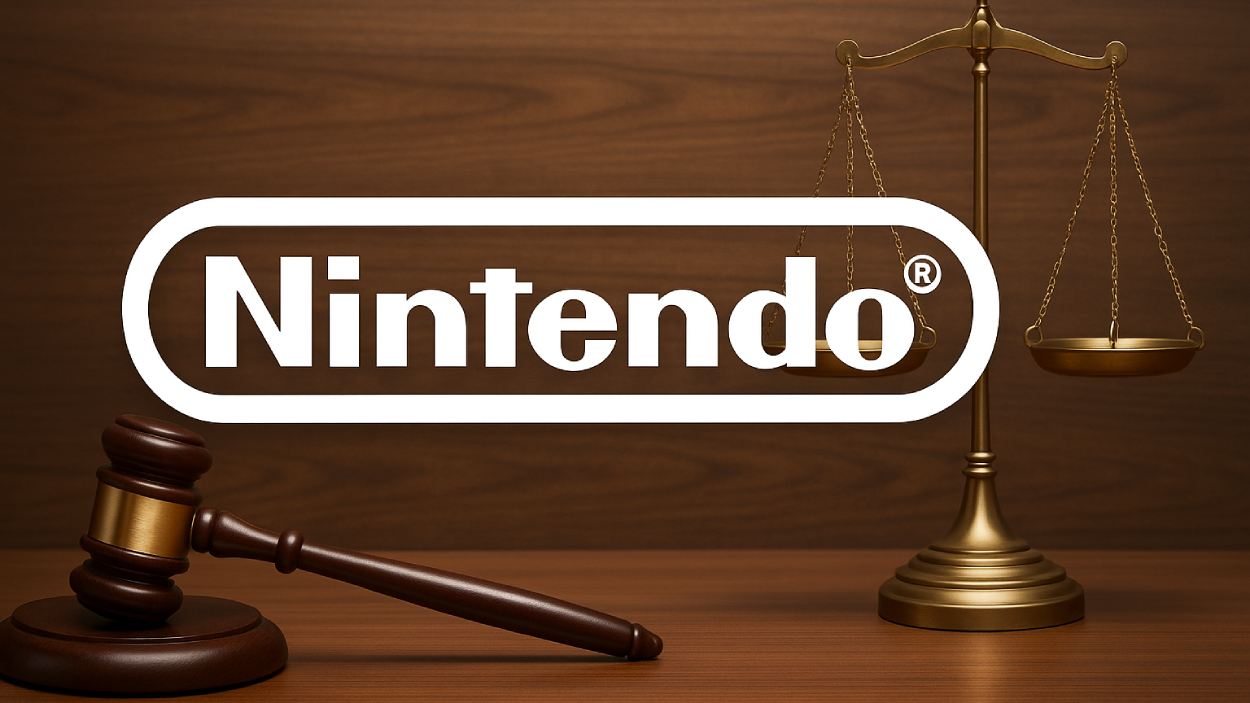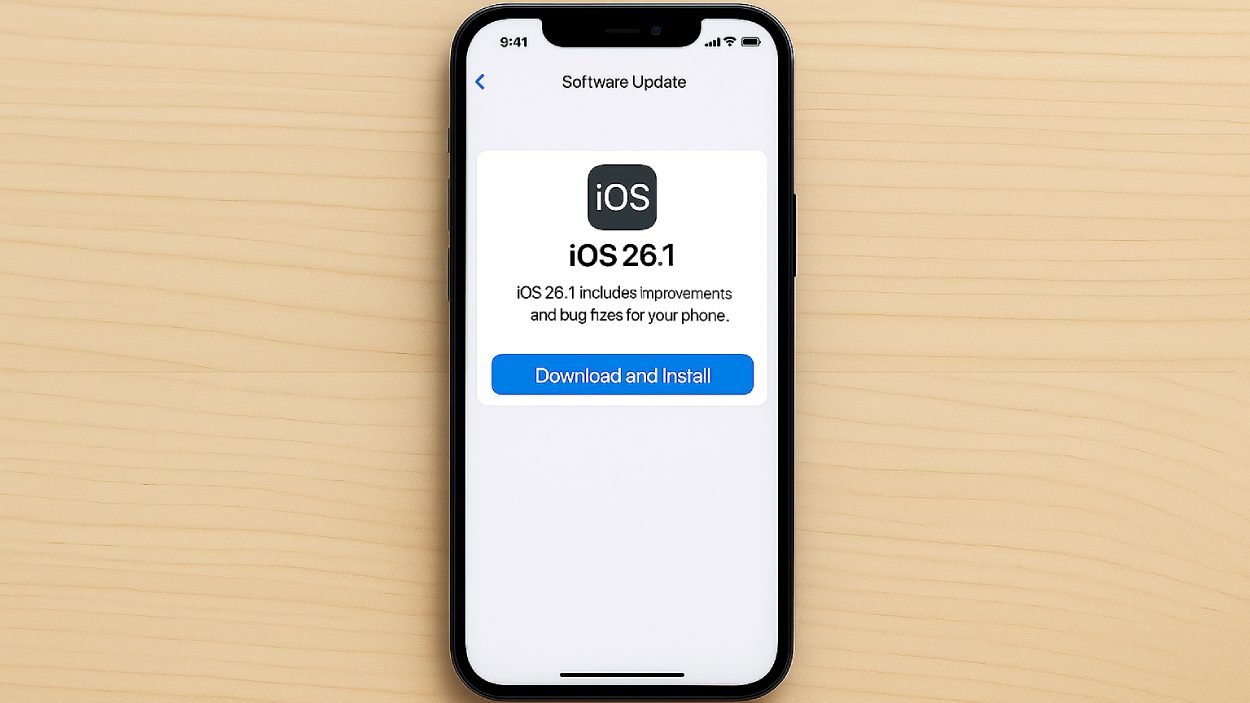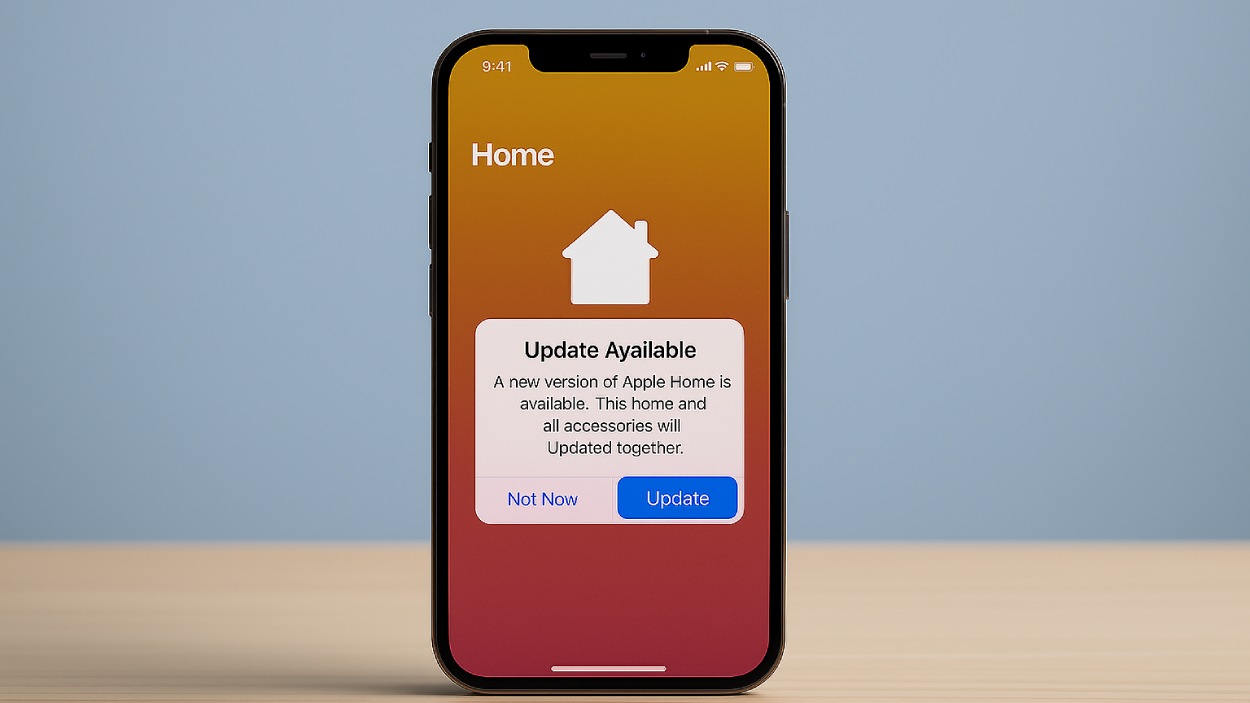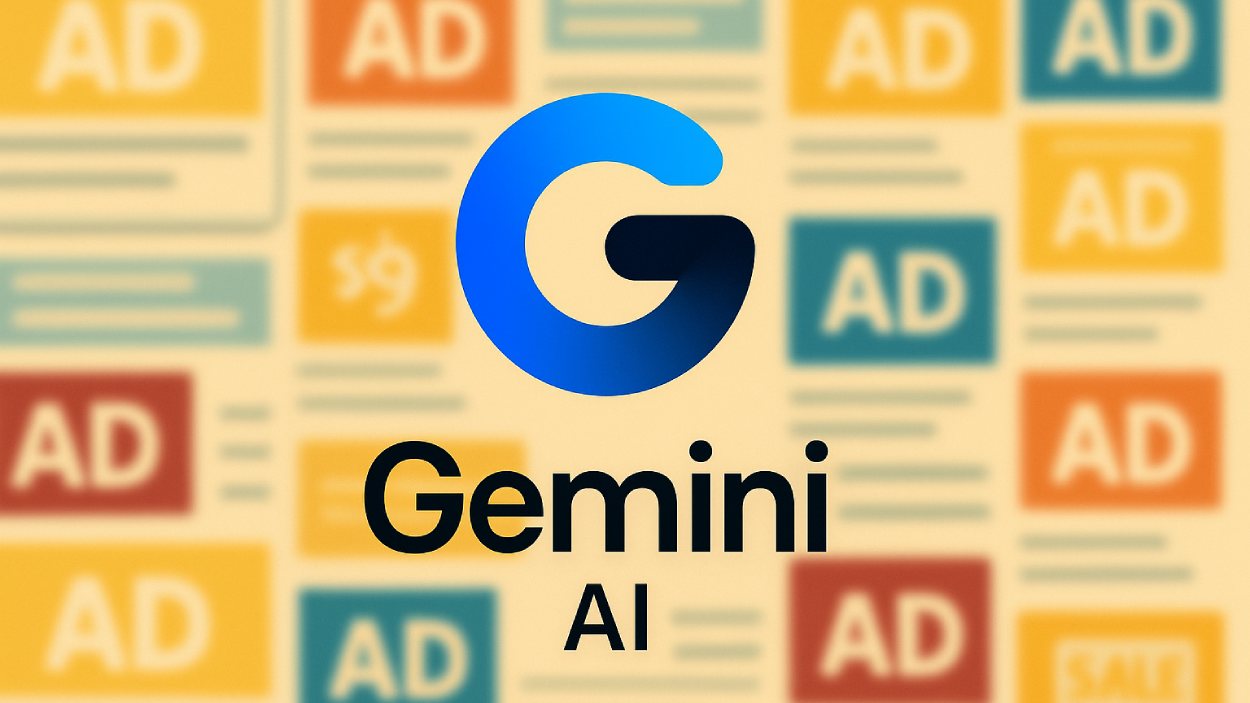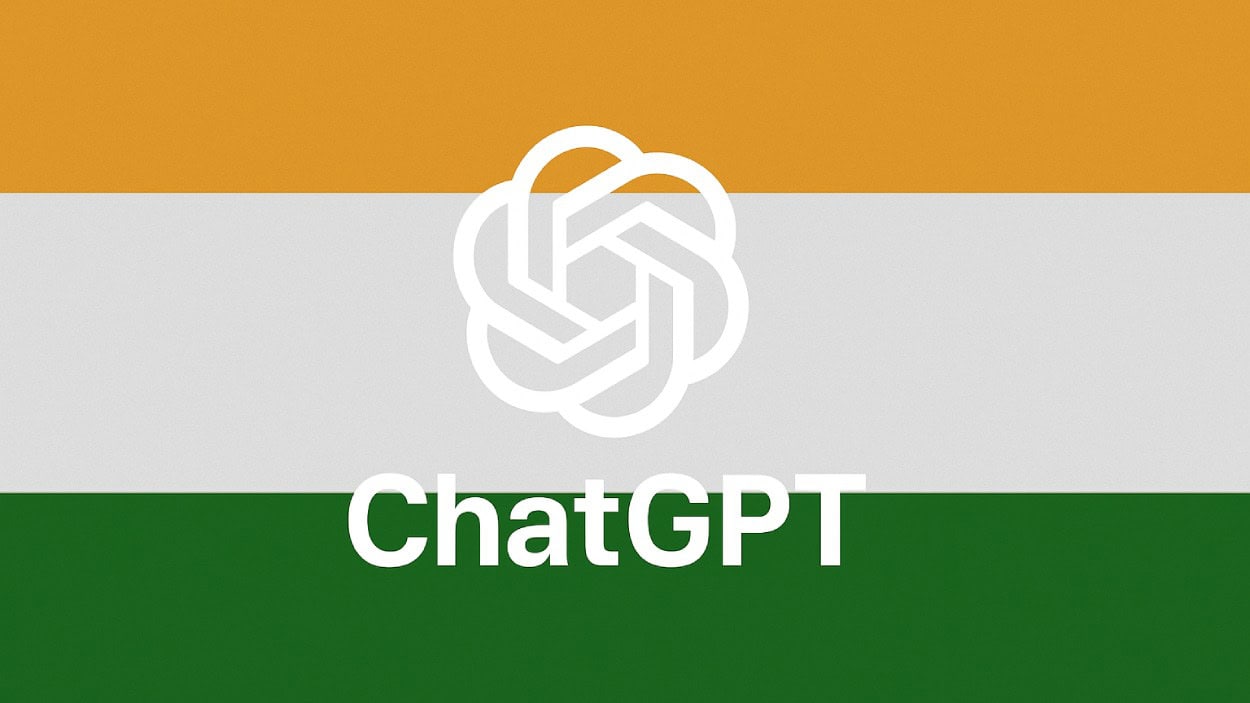Instagram stands as one of the most influential social platforms. Globally, it now reaches about 2 billion monthly active users, showing a remarkable uptick from previous years. Both content creators, from micro-influencers to brands, and advertisers benefit from this scale: creators monetize Reels and Stories, while businesses tap into finely segmented ad audiences to drive engagement. Dive into the full article below to uncover how Instagram’s evolving demographics shape opportunities for growth.
Editor’s Choice
- 2 billion monthly active users worldwide in 2025.
- 500 million daily active users, indicating strong daily engagement.
- 84% of users are younger than 45, with ages 18‑24 (31.7%) and 25‑34 (30.6%) leading.
- 50.6% male vs. 49.4% female, Instagram’s gender balance is nearly even.
- India hosts the biggest user base (~362.9 million), followed by the U.S. (~169.7 million) and Brazil (~134.6 million).
- 76% of U.S. adults aged 18‑29 use Instagram, contrast, 66% for ages 30‑49.
- Teens (13‑17) make up 8.1% of users, and 50% of them log in at least once a day.
Recent Developments
- Instagram’s user base crossed the 2 billion monthly active users mark in early 2025.
- Reels and Stories maintain explosive growth, becoming central to everyday engagement.
- Instagram Ads Audience Tools now provide deeper breakdowns by age and gender for targeted marketing.
- The platform is rapidly expanding its reach in emerging economies, especially in India and Brazil.
- Teen usage remains strong, with 61% of teens active on the platform, one of the highest teen engagement rates across social networks.
- In the U.S., the 18‑29 age group shows particularly high adoption (76%), a critical demographic for brands.
- Instagram’s gender distribution is even globally but varies by country, with 55.4% female in the U.S., and 67.2% male in India.
Monthly Active Users Statistics
- Instagram reached 2 billion monthly users in 2025, up from the previous year’s figures.
- Of these, about 500 million use the app daily, demonstrating high daily stickiness.
- In January 2024, Instagram ranked #4 among social platforms by MAU globally, behind Facebook, YouTube, and WhatsApp.
- The platform’s MAU growth rate continues to outpace older networks, especially in younger demographics.
- Mobile and in-app features (Reels, Stories) drive repeat access, contributing to daily usage consistency.
- Instagram’s MAU now equals WhatsApp’s at 2 billion, showing its growing dominance.
- Brands report increased ROI from MAU growth, as ad tools tap into expanding engaged audiences.
- Emerging markets now account for significant shares of new MAU, especially India (~363M) and Brazil (~135M).
User Age Distribution
- Ages 13‑17 (teens) make up 5.5% of all users.
- Ages 18‑24 represent 31.7% of Instagram’s global users.
- Ages 25‑34 closely follow with 30.6%.
- Ages 35‑44 account for 16%, with older brackets shrinking: 45‑54: 8.7%, 55‑64: 4.6%, 65+: 2.9%.
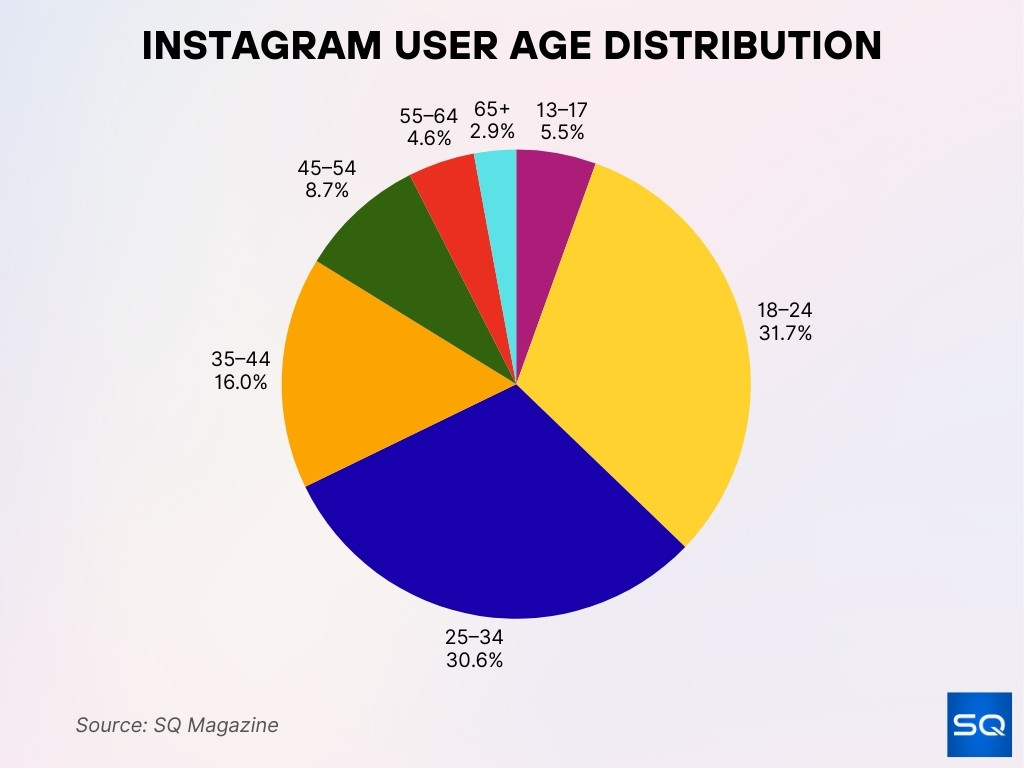
- Overall, nearly 84% of users are younger than 45.
- Using ad audience data: female 18‑24: 14.4%, male 18‑24: 17.2% of the total ad audience.
- Female 25‑34: 14.6%, male 25‑34: 18.4%.
- Female 35‑44: 8.5%, male 35‑44: 8.8%.
User Gender Distribution
- Globally, users skew slightly male, 50.6% male vs 49.4% female.
- Another source shows a similar split: 52.7% male / 47.3% female among users aged 18+.
- In the U.S., the balance tilts female: 55.4% female vs 44.6% male.
- In India, the opposite: 67.2% male vs 32.8% female.
- These splits vary by country, influencing long-tail targeting and content strategies.
- Gender distribution among ad audiences also reflects this balance across age groups.
- For ages 18‑24, ad audience: 14.4% female, 17.2% male.
- In the ages 25‑34 ad segment: 14.6% female, 18.4% male.
Geographic Distribution
- India tops the list with approximately 362.9 million users.
- The United States holds 169.65 million users.
- Brazil follows with 134.6 million users.
- Indonesia ranks fourth with 100.9 million, nearly double Turkey’s 57.1 million.
- Together, these five countries comprise a massive share of global Instagram MAUs.
- Emerging markets drive growth, while established markets like the U.S. remain strong but more saturated.
- Regional trends shape user content preferences and ad performance.
Top Social Media Channels for Product Discovery
- Instagram leads with 61% of users discovering products on the platform.
- Facebook follows closely at 60%, showing strong influence in product research.
- TikTok drives discovery for 46% of users, reflecting its growing role in shopping inspiration.
- YouTube accounts for 40%, combining video content with product awareness.
- X (Twitter) contributes 15.5%, the lowest among the major platforms for product discovery.
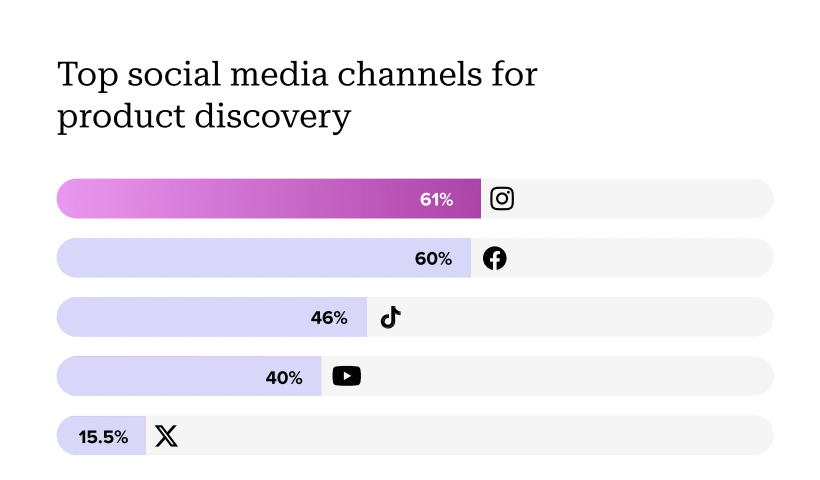
Country‑Specific Demographics
- In 2025, India now leads with an estimated 413.8 million Instagram users, surpassing previous counts near 360M.
- The United States holds the second-largest user base, with approximately 171.7 million individuals active on Instagram.
- Brazil and Indonesia each feature high user counts, though figures vary; Brazil was around 135 million last year.
- The success in emerging economies like India reflects a rapid shift in Instagram’s global growth strategy.
- The U.S. market remains saturated but stable, while India continues its steep upward trend.
- These numbers highlight where brand investment and localized content can yield greater returns.
- Expect more refined country-based ad targeting, given such concentrated user clusters.
Regional Audience Insights
- Urban U.S. residents show the highest engagement, with 51% using Instagram, compared to 54% suburban areas and only 39% rural.
- This urban-centric concentration signals strong performance in dense markets.
- Suburban areas maintain solid usage, but lower rural adoption shows missed rural reach.
- Growing infrastructure in rural regions could shift these dynamics soon.
- While global data is limited, similar patterns likely persist across other nations.
- Urban-heavy usage benefits lifestyle, entertainment, fashion, and commerce sectors.
- Brands should adjust marketing strategies accordingly to reflect geography-based behavior.
Tactics Instagram Influencers Use for Sponsored Campaigns
- Instagram Stories dominate with 55.4% of influencers using them for campaigns.
- Instagram Story Highlights are used by 26%, making them a secondary but effective tactic.
- Instagram Polls engage audiences in 15.9% of influencer campaigns.
- Instagram Swipe-Up features are employed in 15.3% of campaigns.
- 13% of influencers reduce organic posts to boost exposure for sponsored content.
- Instagram Live is used in 10.3% of campaigns to connect directly with audiences.
- 2.7% rely on other methods outside mainstream features.
- 37.4% of influencers report using none of these tactics.
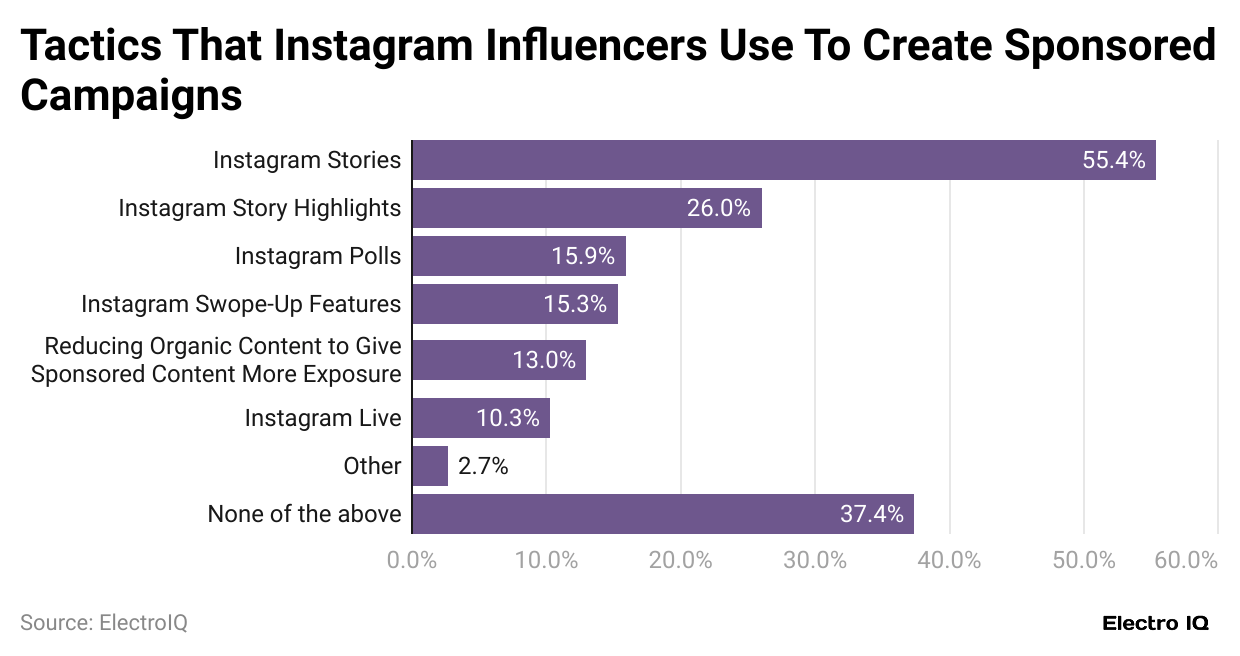
Global Penetration Rates
- Instagram comprises roughly 2 billion MAUs, which accounts for about 37% of the world’s internet users.
- In the U.S., nearly 47% of adults report using Instagram.
- Among Americans aged 18–29, usage peaks at 76%.
- Penetration falls with age: 66% for 30–49, 36% for 50–64, and just 19% for 65+.
- These figures show Instagram’s deep reach within the youth and middle-aged brackets.
- Globally, the combination of high MAU and demographic skew makes Instagram a core communication channel.
- Brands targeting younger users benefit from nearly universal platform familiarity.
Education Demographics
- In the U.S., 57% of Instagram users hold a college degree or higher, 51% have some college, and 41% hold a high school diploma or less.
- Another source shows 43% with a college degree, 37% some college, and 33% high school or less use Instagram.
- A broader snapshot shows: 41% (high school or less), 51% (college), and 57% (more than college level) of US adults use the platform.
- This reflects that Instagram resonates across education levels, but skews slightly toward higher-educated audiences.
- Brands promoting educational, tech, or professional services may find traction with this demographic.
- Higher education correlates with greater platform usage and engagement.
- The trend underscores Instagram’s value for knowledge-driven industries.
Top 10 Most-Followed Instagram Accounts
- Instagram leads with 686.16 million followers, making it the most-followed account on the platform.
- Cristiano Ronaldo follows closely with 650.33 million followers, the most for any individual.
- Leo Messi holds 504.97 million followers, cementing his global popularity.
- Selena Gomez has 421.27 million followers, remaining one of the top female celebrities.
- Dwayne Johnson counts 394.86 million followers, slightly ahead of Kylie.
- Kylie Jenner is next with 394.41 million followers, nearly matching Johnson.
- Ariana Grande engages 376.37 million followers, keeping her among the top global stars.
- Kim Kardashian maintains 357.78 million followers, showcasing her enduring influence.
- Beyoncé has 312.59 million followers, highlighting her massive fan base.
- Khloé Kardashian rounds out the list with 304.04 million followers.

Income Demographics
- In the U.S., 58% of Instagram users report household incomes over $100,000, with 54% between $70K–$99K, 47% between $30K–$69K, and 41% under $30K.
- Another breakdown: 58% (> $100K), 54% ($70K–99K), 47% ($30K–69K), 41% (< $30K).
- A complementary source notes that over half of U.S. adults earning more than $100K use Instagram, compared with just 37% earning less than $30K.
- This underscores Instagram’s strong reach into affluent audiences.
- The platform also retains broad appeal across income brackets, though less so at lower tiers.
- It suggests an opportunity for both luxury brands and value-focused messaging.
- Understanding income splits lets advertisers calibrate messaging for aspirational or accessible positioning.
Occupation Demographics
- Unfortunately, specific data on users’ occupations (e.g., students, professionals, creatives) is scarce or not publicly broken down as of 2025.
- However, Instagram supports diverse professional groups, from creators and student-athletes to influencer marketers.
- Many educator influencers, like teachers, leverage Instagram to monetize side income or supplement earnings.
- Similarly, a growing number of student-athletes monetize their image and reach via the platform.
- These trends suggest strong representation from creative, educational, and sport-related professions.
- Brands partnering with influencer creators often return strong results due to trust and authenticity.
- Occupation-based segmentation is emerging, driven by creator economy dynamics.
- Continued transparency into professional breakdowns would help refine advertiser targeting.
Urban vs Rural Usage
- Instagram reaches 51% of urban adults in the U.S., compared to 54% suburban and only 39% rural.
- These trends reaffirm a significant urban and suburban bias in platform use.
- Rural adoption lags considerably despite ongoing digital expansion.
- Urban density likely drives stronger engagement due to cultural, commercial, and social connectivity.
- For brands, focusing ad budgets on metro areas may yield better ROI.
- As infrastructure improves, rural engagement may rise, creating future growth zones.
- Location-based content strategies should reflect these urban–rural usage gaps.
Usage by Device Type
- Instagram ranks as the 4th most-visited website globally, despite its mobile-first nature.
- Over 34% of the world’s active mobile users access Instagram monthly.
- Roughly 35.97% of the world’s internet users engage with Instagram each month.
- Mobile remains dominant, though desktop web usage is significant, highlighting flexibility in access.
- Instagram’s app has seen around 3.8 billion downloads to date.
- These usage patterns underline the importance of mobile-optimized content and responsive web experiences.
- Brands need to prioritize mobile-first or mobile-only creative strategies for maximum impact.
Family Status Statistics
- Specific public data on the family or parental status of Instagram users is currently limited.
- However, the platform fuels parent-focused creators, who regularly share tips on parenting, family routines, and lifestyle.
- Family-oriented ads and influencer content perform well, signaling interest from both parents and children.
- Growing interest in “momfluencer” and “dadfluencer” niches reflects audience engagement in family-themed content.
- These trends suggest a meaningful, but underreported, segment within Instagram’s demographic mix.
- More granular data would assist brands targeting parents or households directly.
Ethnicity and Race Demographics
- In the U.S., Instagram usage varies by race:
- White adults: 45% report using Instagram.
- Black adults: 52%.
- Hispanic adults: 59%.
- Asian adults: 62%.
- High usage among Asian and Hispanic groups highlights Instagram’s multicultural appeal.
- Hispanics show particularly strong engagement; 52% of U.S. Hispanics use Instagram.
- This underscores Instagram’s value for brands aiming for culturally diverse audiences.
- Understanding these differences can enhance ad targeting and content tone.
Interests and Activities Breakdown
- Travel is the top interest among users, at 45%.
- Close behind, music appeals to 44% of users.
- Food and drinks attract 43% of users.
- Fashion interests 42%, while movies capture 41%.
- Health and fitness follow at 35%, technology, skincare/cosmetics, and sports each hover around 30%.
- News is of interest to roughly 28% of users.
- This breadth shows Instagram’s role as a hub for lifestyle, culture, and trends.
- Marketers can leverage these insights to tailor content to specific interest segments for higher engagement.
Audience Growth Trends
- Instagram’s monthly active user base grew approximately 127% between 2019 and 2023.
- A slight dip in 2024 saw a decline of 4 million users from the previous year.
- Yet, user totals remain strong, with forecasts indicating an increase from 2 billion to 2.4 billion by 2026.
- The influencer ecosystem also expanded, with the global influencer count rising from 37 million in 2024 to over 41 million in 2025.
- These trends suggest continued platform momentum, driven by both user growth and content creators.
- Despite short-term fluctuations, Instagram maintains a long-term upward trajectory.
- Brands should stay attuned to these shifts, particularly around influencer partnerships.
User Engagement Statistics
- U.S. adults spend an average of 33.1 minutes per day on Instagram.
- Users share over 1.3 billion images daily, showcasing high content output.
- 70% of shoppers use Instagram to buy products or services online.
- 44% of users engage in in-app shopping weekly.
- For Gen Z, 36% start their product research on Instagram (compared to 19% of all U.S. adults).
- Instagram is also a news source for 16% of U.S. adults, though its primary use remains lifestyle and commerce.
- Engagement peaks globally at 8 PM, the most active posting time.
- These stats illustrate IG’s role as both a content hub and a commerce driver, especially for younger users.
Advertising Audience Demographics
- Instagram’s ads reached 1.74 billion users globally as of January 2025.
- That ad reach equates to 21.3% of all people on Earth aged 13 and above.
- India remains the largest ad market (~414 million), followed by the U.S. (~172 million).
- Approximately 2.4% of the world’s population uses Instagram each month, larger than Europe or North America combined.
- These numbers highlight Instagram’s vast and varied advertising audience.
- Precision targeting based on age, location, and interests remains a key advantage.
- Brands should align messaging with demographic and regional usage patterns to maximize ROI.
Conclusion
Instagram today remains a powerhouse of global reach, engagement, and cultural relevance. From mobile-first usage to diverse interests, the platform continues to evolve, in both scale and sophistication. With strong growth trends, powerful influencer dynamics, and compelling ad reach, Instagram is not just a social network; it’s a dynamic mirror of global culture and commerce.
As we move forward, marketers, creators, and analysts will find value in aligning with the platform’s demographic shifts, especially in areas like device engagement, multicultural dynamics, shopping behaviors, and interest-based targeting. Keep an eye on these evolving trends as you navigate the Instagram landscape, and watch how this platform reshapes content strategy in 2025 and beyond.

